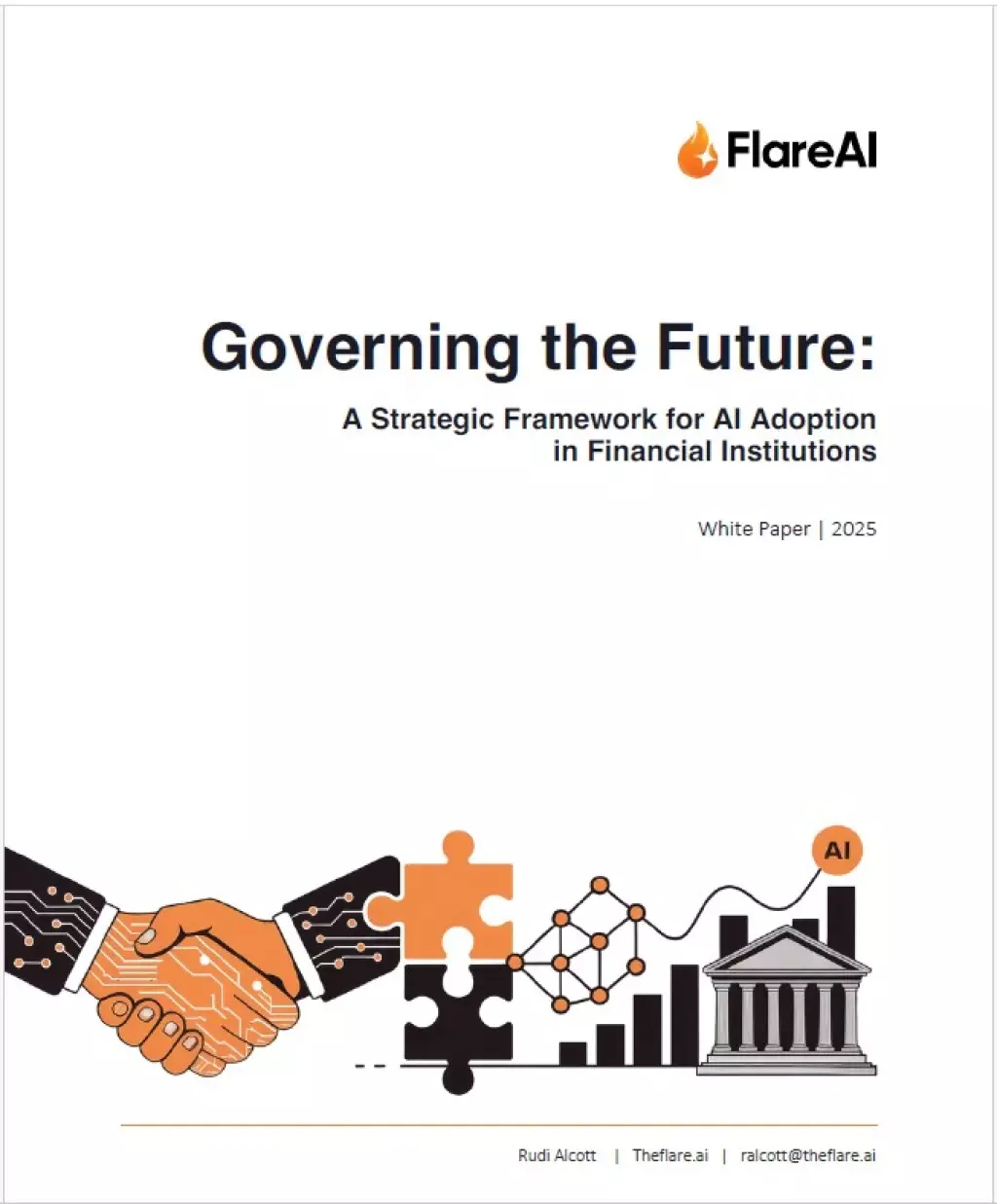Open Compute Project Introduces Universal Link Layer for AI Clusters
The Open Compute Project Foundation has announced a significant advancement in silicon diversity for AI and high-performance computing (HPC) clusters with the release of a new Universal D2D Transaction and Link-Layer specification. This development was announced in a press release and aims to enhance the performance and flexibility of AI clusters by allowing for specialized workload tuning.
The new specification includes a universal link layer that integrates with various physical layer standards, facilitating low-latency and low-overhead packetization across a wide range of protocols between chiplets. This architecture allows for customization of the mapping from upper-level transaction layer services to the underlying physical layer, enabling the choice of physical layer without impacting other layers.
The initiative is part of the OCP's broader effort to foster an open chiplet economy, where vendors can sell chiplets embodying their intellectual property to integrators who then build specialized System in Packages (SiPs). This approach is expected to drive innovation by simplifying integration and maintaining high performance without the need for costly protocol bridges or complex conversions.
We hope you enjoyed this article.
Consider subscribing to one of our newsletters like Silicon Brief or Daily AI Brief.
Also, consider following us on social media:
More from: Data Centers
Subscribe to Silicon Brief
Weekly coverage of AI hardware developments including chips, GPUs, cloud platforms, and data center technology.
Whitepaper
Governing the Future: A Strategic Framework for AI Adoption in Financial Institutions
This whitepaper explores the transformative impact of artificial intelligence on the financial industry, focusing on the governance challenges and regulatory demands faced by banks. It provides a strategic framework for AI adoption, emphasizing the importance of a unified AI approach to streamline compliance and reduce operational costs. The document offers actionable insights and expert recommendations for banks with fewer than 2,000 employees to become leaders in compliant, customer-centric AI.
Read more
